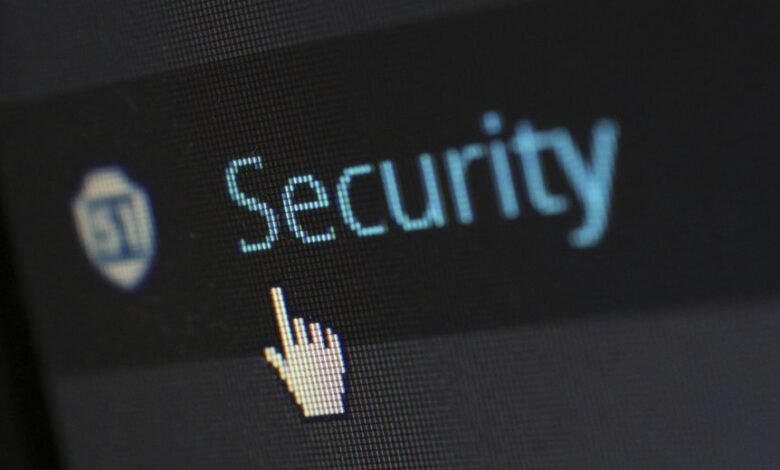Exploring 915-440-2795 in Network Security

The examination of the telecommunication number 915-440-2795 within the domain of network security reveals significant implications for user identity verification and data protection. Vulnerabilities, particularly through number spoofing, can be exploited by malicious entities, raising concerns about unauthorized access and data breaches. This analysis highlights the urgent need for effective security measures. Understanding these risks is crucial to developing strategies that can safeguard sensitive communications and maintain trust in the evolving digital landscape. What measures can be taken to bolster security?
Understanding the Role of Telecommunication Numbers in Cybersecurity
Although often overlooked, telecommunication numbers play a critical role in the framework of cybersecurity, serving as essential identifiers in various communication protocols.
Effective telecom authentication relies on these numbers to verify user identities and secure connections.
However, threats such as number spoofing jeopardize this integrity, enabling malicious actors to impersonate legitimate users, thereby undermining trust and exposing systems to potential vulnerabilities.
Analyzing Potential Vulnerabilities Associated With 915-440-2795
Telecommunication numbers, such as 915-440-2795, can exhibit specific vulnerabilities that may be exploited by cybercriminals.
A thorough vulnerability assessment reveals risks like number spoofing, where attackers impersonate legitimate users. This manipulation can lead to unauthorized access, data breaches, and privacy violations.
Understanding these vulnerabilities is crucial for safeguarding sensitive communications and ensuring the integrity of telecommunication systems against malicious activities.
Techniques for Securing Communication Channels
Securing communication channels is essential for protecting sensitive information from unauthorized access and cyber threats.
Employing robust encryption methods, such as AES or RSA, ensures that data remains confidential during transmission.
Additionally, utilizing secure protocols like TLS or SSL establishes encrypted connections, safeguarding against eavesdropping and tampering.
These techniques collectively enhance the integrity and confidentiality of communications, promoting a secure digital environment.
Best Practices for Protecting Sensitive Information
When organizations prioritize the protection of sensitive information, they must adopt a multifaceted approach that encompasses both technical and administrative measures.
Implementing robust data encryption techniques ensures that information remains confidential during transmission and storage.
Additionally, stringent access controls limit data exposure to authorized personnel only, thereby minimizing risks.
Future Trends in Network Security and Telecommunications
How will emerging technologies reshape the landscape of network security and telecommunications?
Quantum encryption promises unbreakable security, rendering traditional hacking methods obsolete.
Meanwhile, AI surveillance enhances real-time threat detection, enabling proactive defense measures.
Together, these innovations not only bolster data integrity but also raise ethical concerns regarding privacy.
As technology evolves, striking a balance between security and individual freedom will become increasingly critical.
Conclusion
In conclusion, the examination of telecommunication number 915-440-2795 highlights the intricate vulnerabilities inherent in network security, akin to a chink in a knight’s armor. These weaknesses, if left unaddressed, can lead to significant security breaches. As the landscape of telecommunications evolves, it is imperative for organizations to adopt comprehensive strategies that fortify communication channels and protect sensitive information. Proactive measures and ongoing vigilance are essential to maintain the integrity and trustworthiness of digital interactions.




